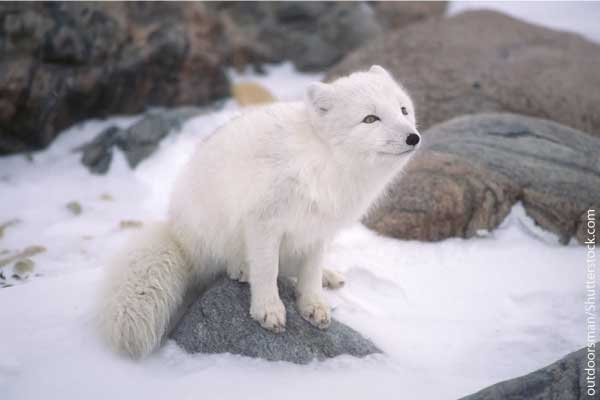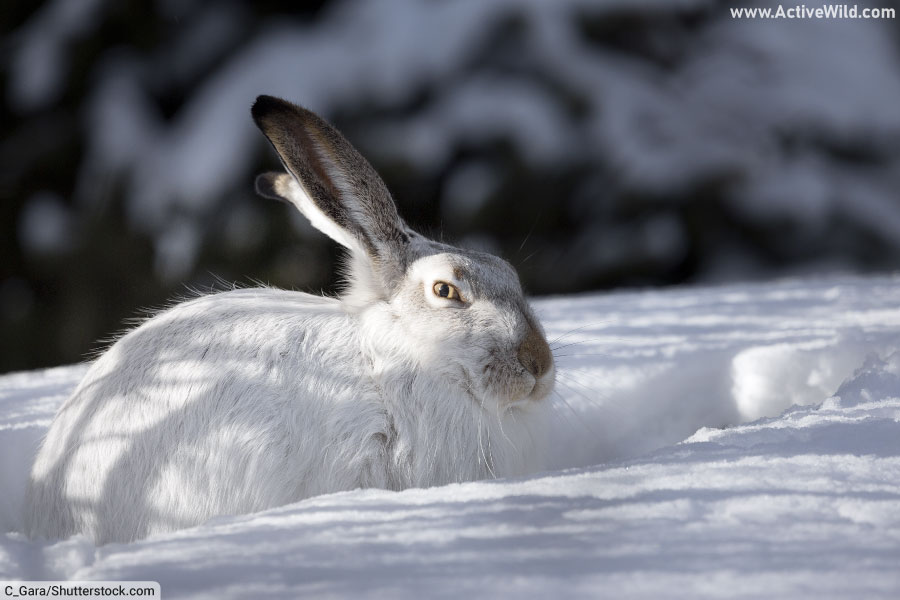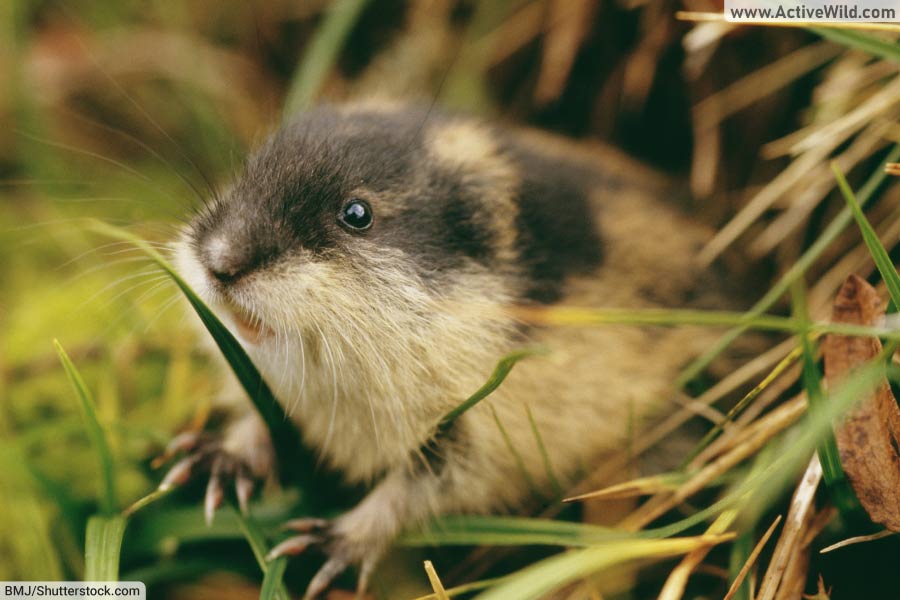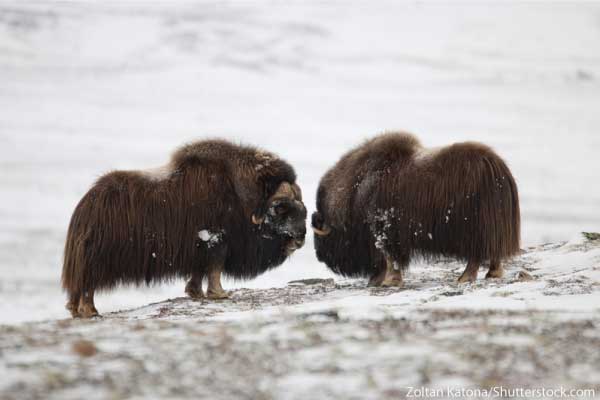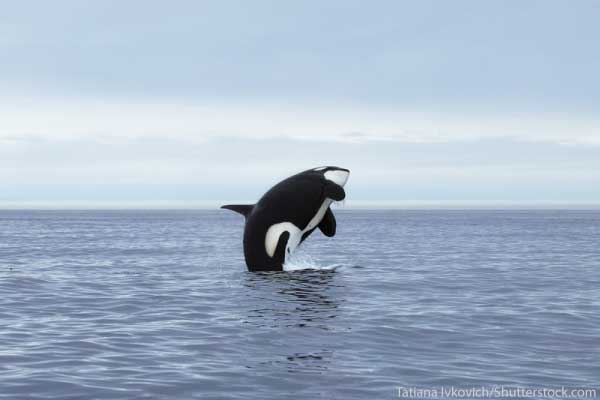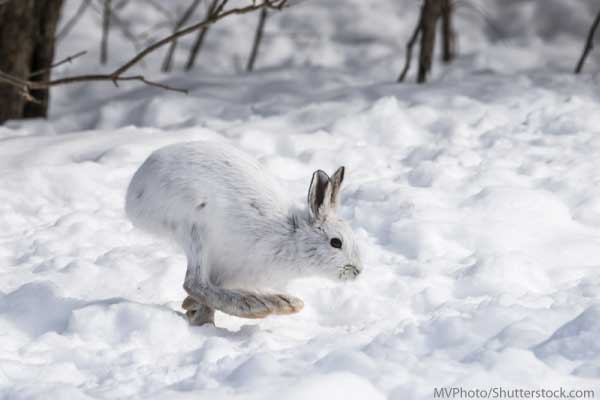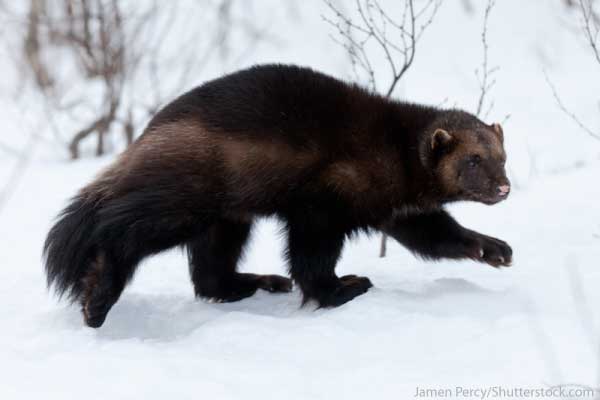Happy Wednesday, Missians!
What it do? This is your host J, coming back at cha with another page from The Missy Show Blog. We're still your premiere source for fun and informative pet topics. I tell you what--the way the wind was whipping yesterday as I walked from my car to my work building, I almost felt like I was living in the climate of today's Featured Animals. I definitely got what felt like a full-on, arctic blast every time I stepped outside--which brings me to today's topic--Arctic Animals. What better topic to match the chill most of us have been feeling during the month of January?
Today's Arctic Animals article is courtesy of Active Wild. To see a complete listing of the arctic animals named in the article, please visit the source site below:
https://www.activewild.com/arctic-animals-list/
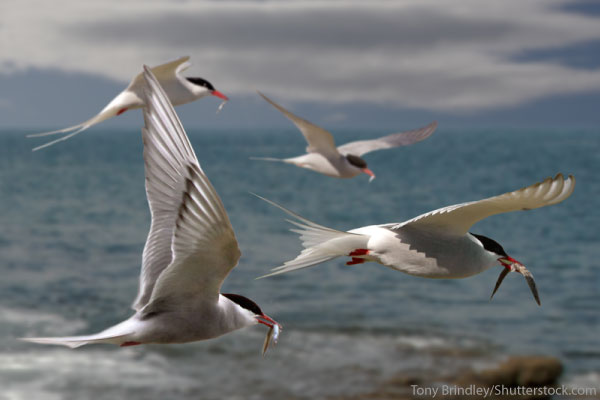
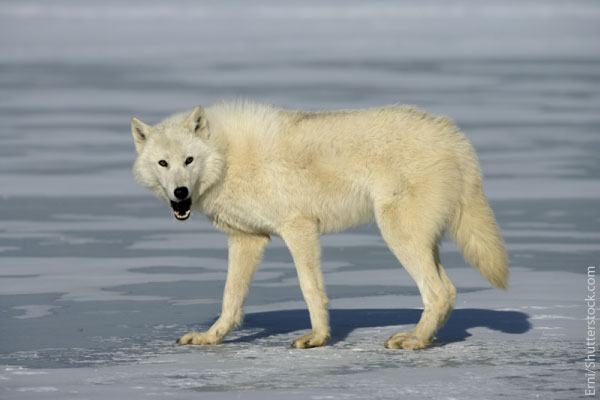
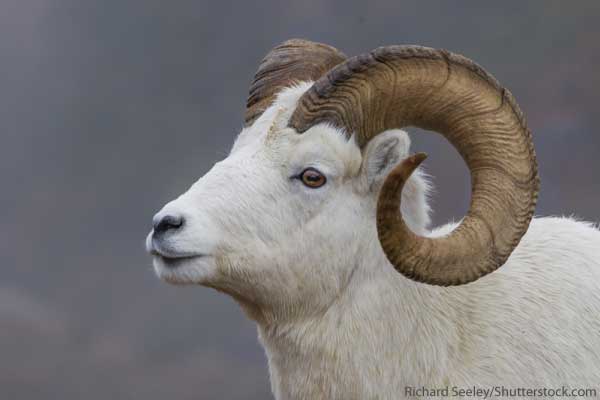
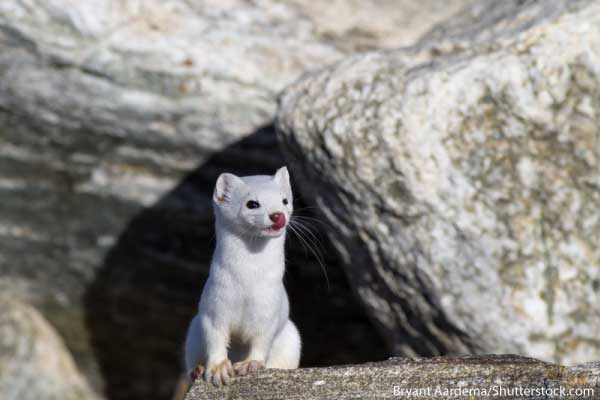

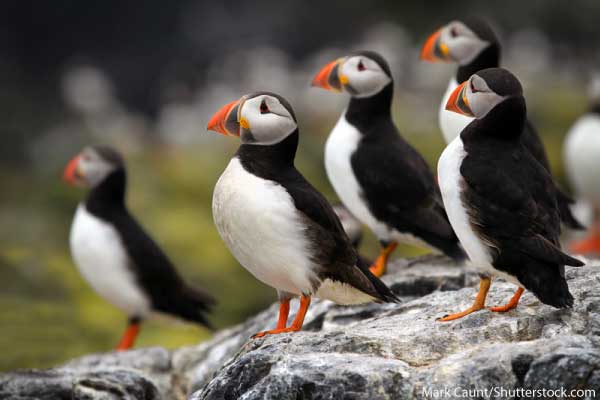
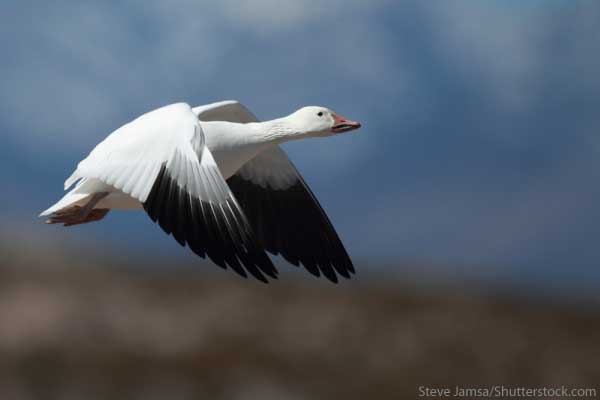
What it do? This is your host J, coming back at cha with another page from The Missy Show Blog. We're still your premiere source for fun and informative pet topics. I tell you what--the way the wind was whipping yesterday as I walked from my car to my work building, I almost felt like I was living in the climate of today's Featured Animals. I definitely got what felt like a full-on, arctic blast every time I stepped outside--which brings me to today's topic--Arctic Animals. What better topic to match the chill most of us have been feeling during the month of January?
Today's Arctic Animals article is courtesy of Active Wild. To see a complete listing of the arctic animals named in the article, please visit the source site below:
https://www.activewild.com/arctic-animals-list/
Arctic Animals List
Arctic Animals List
A list of Arctic animals with pictures and facts.
Arctic Fox
The Arctic Fox has several adaptations that enable it to live in the Arctic environment. The most obvious of these is its fur, which changes color from brown in the summer to white during the winter. This thick coat provides both camouflage and insulation.
Arctic Hare
Arctic Hares have smaller noses and ears than other hares; this prevents heat from being lost from these uninsulated areas. 20% of their body is fat – another adaptation for living in extreme Arctic conditions.
However, all that additional insulation doesn’t slow them down. These fast movers are able to reach speeds of up to 60 km/h (40 mph)!
Arctic Tern

Arctic Tern
The Arctic Tern is one of nature’s true explorers. Flying over 19,000 km in a year, these incredible birds see more daylight hours than any other creature, and experience two summers every year.
Arctic Wolf

Arctic Wolf
One of our favourite animals on the Arctic animals list, the Arctic Wolf is found in Canada’s frozen north. This Grey Wolf subspecies is smaller than the similar North-Western Wolf (another wolf subspecies) and has narrower features.
Believe it or not, the Arctic wolf is the same species as your pet dog! Domestic dogs and Arctic wolves are both subspecies of Grey wolf, Canis lupus.
Due to its Arctic habitat, the Arctic Wolf has been hunted by humans less than other wolves.
Dall Sheep

Dall Sheep
The Dall Sheep is found in Subarctic areas of Alaska and Canada. It lives in rocky, mountainous regions, and is an excellent climber.
Ermine / Stoat

Ermine
The Stoat, or Ermine, is a member of the weasel family. The name ‘ermine’ is sometimes only used to refer to the animal while in its white winter coat.
Although small, stoats are capable hunters, and are capable of preying on animals larger than themselves such as rabbits. Stoats will even use their victim’s burrows to live in rather than digging their own.
Lemming
Lemmings are small rodents with long, soft fur. They are herbivorous, and eat grasses, roots, and leaves. Lemmings remain active during the winters rather than hibernating. They stock up on grasses before the winter, and burrow under the snow to find food.
Moose
Moose are the largest members of the deer family. These large-antlered animals are most commonly found in Alaska, Canada, Russia, and Scandinavia. Moose are unique among deer in that they are solitary and don’t live in herds. Although usually slow moving, moose can become agile and aggressive when frightened or angered.
Musk Ox
During the mating season, the male Musk Ox produces a musky odour to attract females, which is how the animals get their name. Musk Oxen have thick fur coats to keep them warm. Both males and females have long, curved horns.
Orca
Also known as the killer whale, this toothed whale is a member of the dolphin family. Orcas have distinctive black backs and white chest and eye patches. Orcas prey on other marine creatures, often working in a group. Orcas are apex predators, having no natural predators themselves.
Ptarmigan

Ptarmigan
Ptarmigans have white plumage during the winter which provides camouflage against the snow. Ptarmigans feed on fruit and berries in the summer, and forage for food under the snow in winter. Ptarmigans are also known as ‘rock ptarmigans’ and ‘snow chickens’.
Puffin

Puffin
Puffins are built for swimming as well as for flying, having short wings that can propel them through the water. Puffins have black and white feathers and brightly-colored bills. They usually live in colonies on cliffs above the water from where they can easily dive down and find food.
Snow Goose

Snow Goose
Snow geese raise their young in northern America and Canada at the start of summer, then migrate south in the winter. Snow geese tend to seek out farming fields when they migrate, and have bills adapted for digging roots out of the ground.
Snowshoe Hare
The snowshoe hare’s coat changes color from brown in the summer to white in the winter. This provides year-round camouflage. The species gets its name from its large, furry-soled hind feed. They are adapted to prevent the hare from sinking into the snow.
Wolverine
The wolverine has a well-deserved reputation for being a ferocious predator that isn’t afraid to take on animals bigger than itself. Like the sea otter (see above), the wolverine is a member of the weasel (mustelidae) family.
I hope you all enjoyed today's article. Remember to check out the source site for more arctic animals, and animals from other categories on the Active Wild site link, listed above.
Check back on Friday, for our Hibernation Nation animal, The Groundhog!
Until then,
This is your host J,
signing off...
